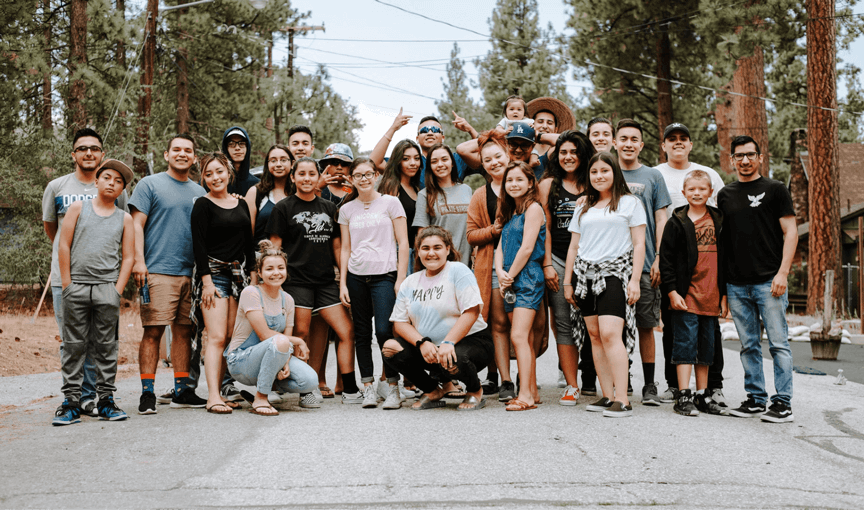Background and Problem
The innovation, "Integrating Motivational Strategies into the 5E Instructional Model for Measurement," was developed to tackle the issue of student disengagement and carelessness in measurement lessons. Research shows that traditional teaching methods often fail to engage students in math, particularly in topics like measurement that may seem abstract or less relevant.
In practice, "Integrating Motivational Strategies into the 5E Instructional Model for Measurement" looks like a dynamic, student-centered classroom where measurement is taught through a project-based learning approach, specifically designing a building with renewable energy. The 5E model structures the lesson, with each stage—Engage, Explore, Explain, Elaborate, and Evaluate—incorporating motivational strategies like hands-on activities, technology use, and real-world relevance. Tools like Tinker CAD, gizmos, and VR enhance engagement, while diverse assessment methods ensure comprehensive evaluation. The unexpected detail of linking measurement to sustainability through renewable energy projects adds a layer of environmental awareness, aligning with modern educational trends and enhancing the innovation's impact. This approach not only boosts engagement but also develops critical thinking and problem-solving skills, linking measurement to environmental sustainability.
The innovation, "Integrating Motivational Strategies into the 5E Instructional Model for Measurement," has been spreading through its YouTube video, which has 862 views and 33 comments, indicating engagement from the global educational community. Locally, within Qatar, it has been implemented in one classroom with positive results, likely generating interest among other teachers at QSTSS. The unexpected global reach, despite its local focus, highlights its potential for wider adoption, particularly through platforms like HundrED Qatar and online educational networks. As of March 08, 2025, the innovation is at an early stage of spread, with significant potential for scalability both locally and internationally.
To try this innovation, educators should start by understanding the 5E instructional model, selecting a measurement topic, and designing an engaging project, such as one related to sustainability, which offers an unexpected connection to environmental awareness. Plan each phase, integrate motivational strategies, gather necessary resources, and implement the lesson, evaluating its effectiveness.



